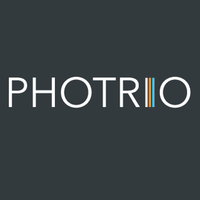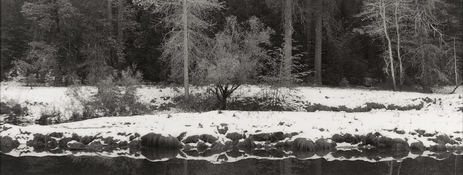DREW WILEY
Member
- Joined
- Jul 14, 2011
- Messages
- 14,657
- Format
- 8x10 Format
He didn't own either an SEI or Pentax spot meter at that point, in 1941. They weren't invented yet. If they had been, it would have been an easy problem. But he COULDN'T LOCATE whatever meter he did use at that time quickly enough, so did a mental calculation based on the footcandle value of the moon as a high value, and worked down from there in his guesstimate of the rest of the scene - at least if what he stated in his own books was correctly reminisced.
The point isn't if he did that technically correct or not in his head, but simply, that it historically worked good enough to bag a workable negative. Why overcomplicate the story? Lots of his methodology was questionable in certain particulars, but worked good enough for him and his students. And apocryphal or not, that story is now entrenched in the pedigree of that famous image itself.
Today, if someone wants a footcandle incident reading, just use a lux meter like lighting pros do. Photographic exposures are far more easily done using EV readings instead.
The point isn't if he did that technically correct or not in his head, but simply, that it historically worked good enough to bag a workable negative. Why overcomplicate the story? Lots of his methodology was questionable in certain particulars, but worked good enough for him and his students. And apocryphal or not, that story is now entrenched in the pedigree of that famous image itself.
Today, if someone wants a footcandle incident reading, just use a lux meter like lighting pros do. Photographic exposures are far more easily done using EV readings instead.







 What is seen by public is pretty much NOT what negative looked like.
What is seen by public is pretty much NOT what negative looked like.